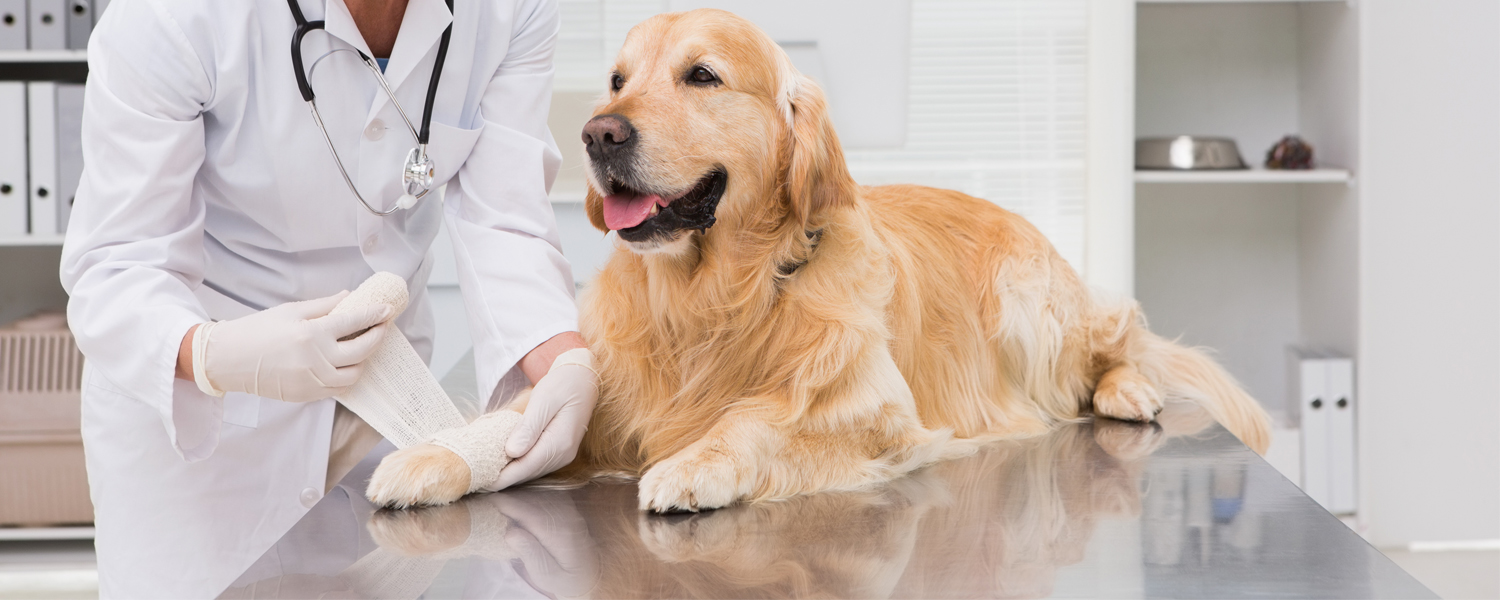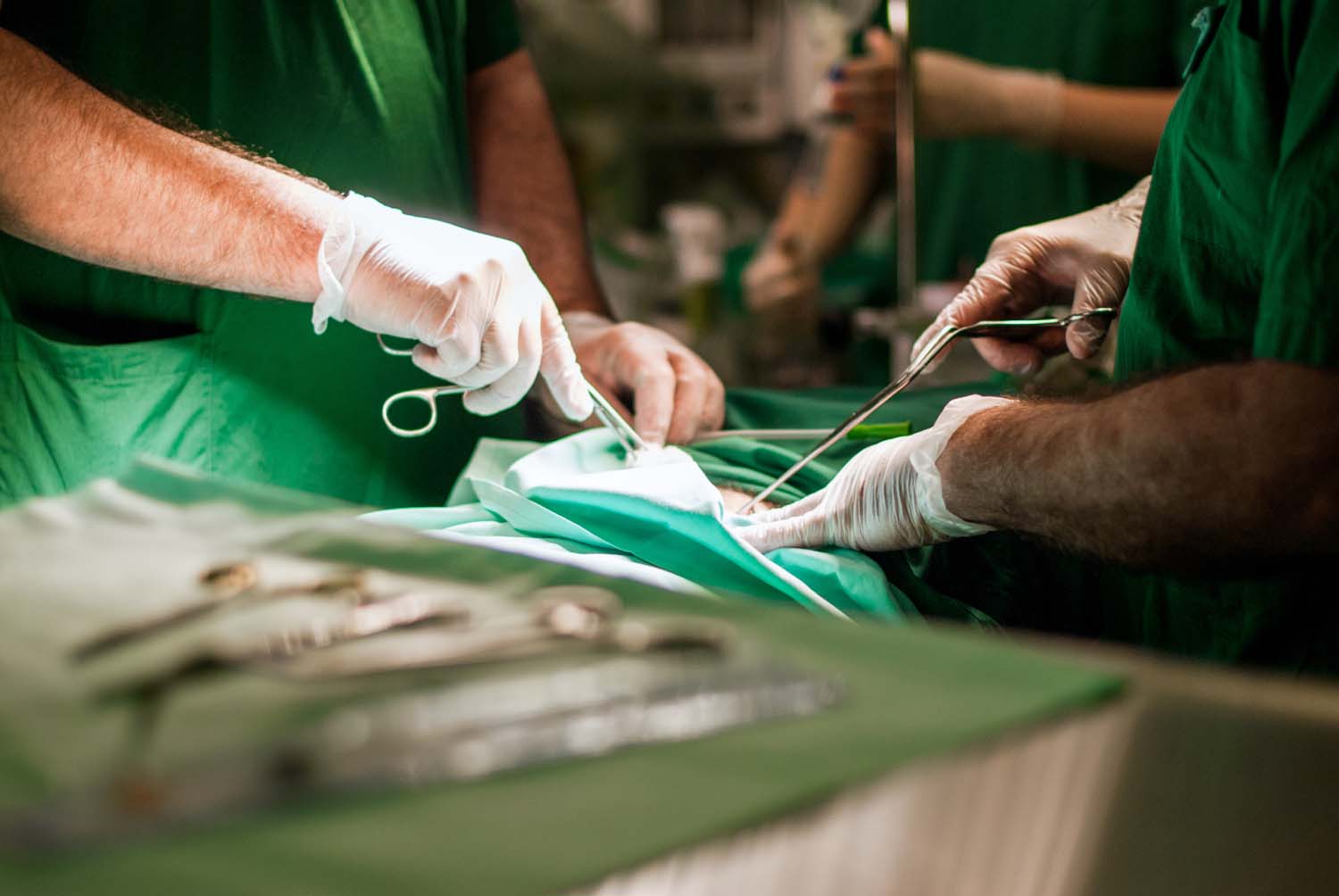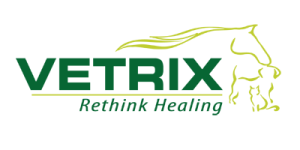When it comes to veterinary medicine, wound treatment could be deemed as one of the most common tasks. Dogs and cats are often more prone to traumatic wounds than illness and disease. When treating a wound, the end goal is always to restore the tissue in a way that will support the animal in getting back to its prior function.
However, the road the veterinarian takes to get from point A to point B can vary tremendously depending on the specifics. Here, we will take a closer look at veterinary wound management principles, including some of the basics of wound care.
The 7 Steps of Effective Veterinary Wound Management
From classification to aftercare monitoring, every step in the wound management process plays a role in the effectiveness of treatment.
1. Wound Classification
The first step of wound management is classification to determine how taking care of the wound should be addressed. Wounds are classified differently according to how long the wound has been present and the degree of contamination. Wounds can be:
- Clean -Surgical wound made under sanitary conditions or with an aseptic technique
- Clean-contaminated – Less than 6 hours old, no major contamination but some risks for infection
- Contaminated – Older than 6 hours, presence of foreign contamination
- Dirty – An older wound, infected, usually more than 12 hours old
The second important step in classifying the wound is determining what stage of healing the wound is in.
Stages of Wound Healing
Wound healing generally occurs in three distinct phases:
- Inflammation/Debridement – Onsets at time of injury, typically lasting between three and five days. Blood vessels minimize to control bleeding. Clots form via thrombin, platelets, and coagulation. Blood flow then increases, which causes immediate inflammation and swelling and white blood cells to initiate wound debridement. Growth factors are produced to kick off the healing process.
- Angiogenesis/Repair – Granulation tissue formation begins through collagen synthesis. Myofibroblasts are stimulated, which helps contract and help the wound opening start to close. Epithelial cells begin the proliferation process across the wound bed. The process continues from five days all the way through to maturation and remodeling.
- Apoptosis/Skin Remodeling – Through about four weeks after the initial tissue trauma, collagen synthesis supports the ongoing maturation of new skin cells and tissues. This process gradually slows, but the wound may continue to mature for as long as 18 months.
Of course, not every wound will follow the expected process during healing. Chronic wounds, for example, don’t progress as they should from one stage of healing to the next, which is why the wounds often persist for far longer and are exceptionally hard to treat. Oftentimes, a non-healing wound will experience some disruption in the healing process that prevents the formation of new tissue.
*Federal Law requires that our products may only be sold to a licensed veterinarian or veterinary hospital.
2. Wound Lavage (Flushing)
Dirty wounds are more likely to become infected wounds. Wound lavage is performed on the open wound with an antiseptic, nontoxic fluid like a diluted antiseptic. This flushing process is done to wash away and hopefully eradicate visible debris like hair and dirt, but also to reduce the levels of bacteria that may already be forming in the tissue that could promote wound infection.
Common wound flushing techniques are typically done with a 35mL syringe and should be performed with around 8lb per square inch of pressure to adequately clean but not damage the healthy tissue. However, a secondary benefit of lavage is to get a better look at the wound edges and the wound itself.
3. Wound Debridement
Debridement is done to remove necrotic tissue (tissue damage) to preserve healthy tissue and promote healthy granulation tissue. Debridement is a critical step in the process because the tissue that is not healthy can get in the way of making the right decision on how to further address wound treatment and wound closure. Sometimes, the presence of necrotic tissue layers can cause delayed primary closure when closure could otherwise be possible.
Mechanical debridement is more non-selective in nature. This form of debridement removes necrotic tissue and potentially vital tissue that would support healing. Therefore, mechanical efforts are normally kept to a minimum.
4. Closing the Wound
With a wound classified, lavaged, and debrided, the doctor must determine if wound closure is necessary or if it would be best to proceed with open wound management. Wound closure may be done with staples, sutures, or surgical adhesives, and even the cleanest wounds may not be immediately closed.
During this type of closure, the individual layers of skin are pulled closer to minimize the amount of open space. Wounds that have a minimal degree of contamination and clearly defined wound edges may be closed between 24 and 72 hours.
If a wound is severely infected or otherwise contaminated, primary wound closure may not be an option. The closure will be delayed and the open wound is managed until the tissue looks healthy and proper healing is more likely. If a delayed wound closure happens more than five days after the injury, the procedure is known as secondary closure.
5. Open Wound Management
Second-intention healing (open wound management) is a process that takes place if a wound cannot be closed. Some situations when open wound management will be necessary include if the wound is too severely infected or there has been a substantial loss of healthy skin, which would make proper closure impossible until more tissue forms.
When a wound is left open, ongoing debridement is possible and repeated bandaging or dressing is a must. The objectives with an open wound are clear cut; the wound must be properly handled to prevent infection and promote healing in the most efficient and painless way possible.
Open wounds can be difficult to manage in the long term because numerous factors can get in the way of the healing process that is actually beyond the caregiver’s control. For example, older dogs and cats or animals with skin disease can be slow healers. Therefore, the steps taken with bandage changes and dressing, as well as ongoing debridement and treatment of the wound surface, are critically important.
*Federal Law requires that our products may only be sold to a licensed veterinarian or veterinary hospital.
6. Bandaging the Wound
In order to encourage wound healing, there are four primary things that need to be considered when bandaging a wound:
- You must give the wound the support it needs for proper healing
- You must maintain proper moisture levels in and around the wound
- You must take steps to thwarts risks of infections
- You must consider the multiple phases of wound healing
If any of the four areas are not properly addressed when dressing the wound, wound closure and healing can be impeded.
Wound dressings consist of three layers:
- Primary layer – In direct contact with the surface of the wound, prevents wound contamination, and is either adherent or non-adherent; can be either moistened with wound healing products for moist wound healing or dry
- Secondary layer – Offers both absorption and compression to protect the underlying primary layer and the wound; usually some type of rolled gauze
- Tertiary layer – Keeps other layers stabilized with a slight bit of pressure; usually elasticized wrap or porous tape
Negative-pressure wound therapy and tie-over bandages may also be used. For example, tie-over bandages may involve using umbilical tape to keep banging in place.
The traditional bandaging or dressing techniques involve using wet-to-dry dressings, which essentially means the dressing starts out as wet and then transitions to dry once granulation tissue starts to develop. The initial granulation tissue can be especially prone to damage with a wet dressing. However, a more modern concept is moist wound healing, which essentially combines a debridement solution with the dressing that supports the health of white blood cells and promotes granulation tissue formation.
7. Pain Management and Monitoring
Once an animal’s wound has been properly addressed, ongoing pain management and monitoring are important until the wound is almost completely healed. If the wound is causing discomfort, the animal will be more likely to lick and gnaw at the opening, which can impede the natural process of the healing tissue and prolong the time it takes as the wound heals. For a traumatic wound, an animal may even be sedated for several days simply to prevent distress.
If a wound does not close on its own fully or leaves a severe impression, reconstructive surgery using skin and tissue grafts or some level of surgical intervention may be necessary later to fully restore the function of the wounded area.
Innovations in Non-Surgical Wound Treatment
One of the more innovative ways wounds are addressed in modern veterinary medicine involves taking a non-surgical approach and using regenerative solutions. While small animal surgery for wound repair can be effective, it also comes along with a number of unavoidable risks for the animal and excessive costs for the pet owner.
Even standard wound management can be especially time-consuming and leaves the animal at risk of wound infection because of the slow healing process. Therefore, efforts have been taken scientifically to create better treatments that help regenerate the tissue surrounding a wound to quicken healing. For example, Healion Amniotic Particulate Matrix helps to modulate inflammation and create an environment that supports the rapid mitigation of new cells. Healion utilizes innate attributes of amniotic membrane to promote healing.
To find out more about Healion Amniotic Particulate Matrix, be sure to download the brochure from the Vetrix website.
*Federal Law requires that our products may only be sold to a licensed veterinarian or veterinary hospital
 Bite wounds are one of the most common reasons dogs see their veterinarians. If a dog is bitten or gets into a fight with another dog, this is what needs to happen first:
Bite wounds are one of the most common reasons dogs see their veterinarians. If a dog is bitten or gets into a fight with another dog, this is what needs to happen first:
 Any veterinarian worth their salt knows that providing superior wound care treatment starts with assessing the overall stability of the animal. Once the patient is stable, the next step is administering first aid for the wound as soon as safely possible. Your treatment should follow the fundamentals of
Any veterinarian worth their salt knows that providing superior wound care treatment starts with assessing the overall stability of the animal. Once the patient is stable, the next step is administering first aid for the wound as soon as safely possible. Your treatment should follow the fundamentals of 
